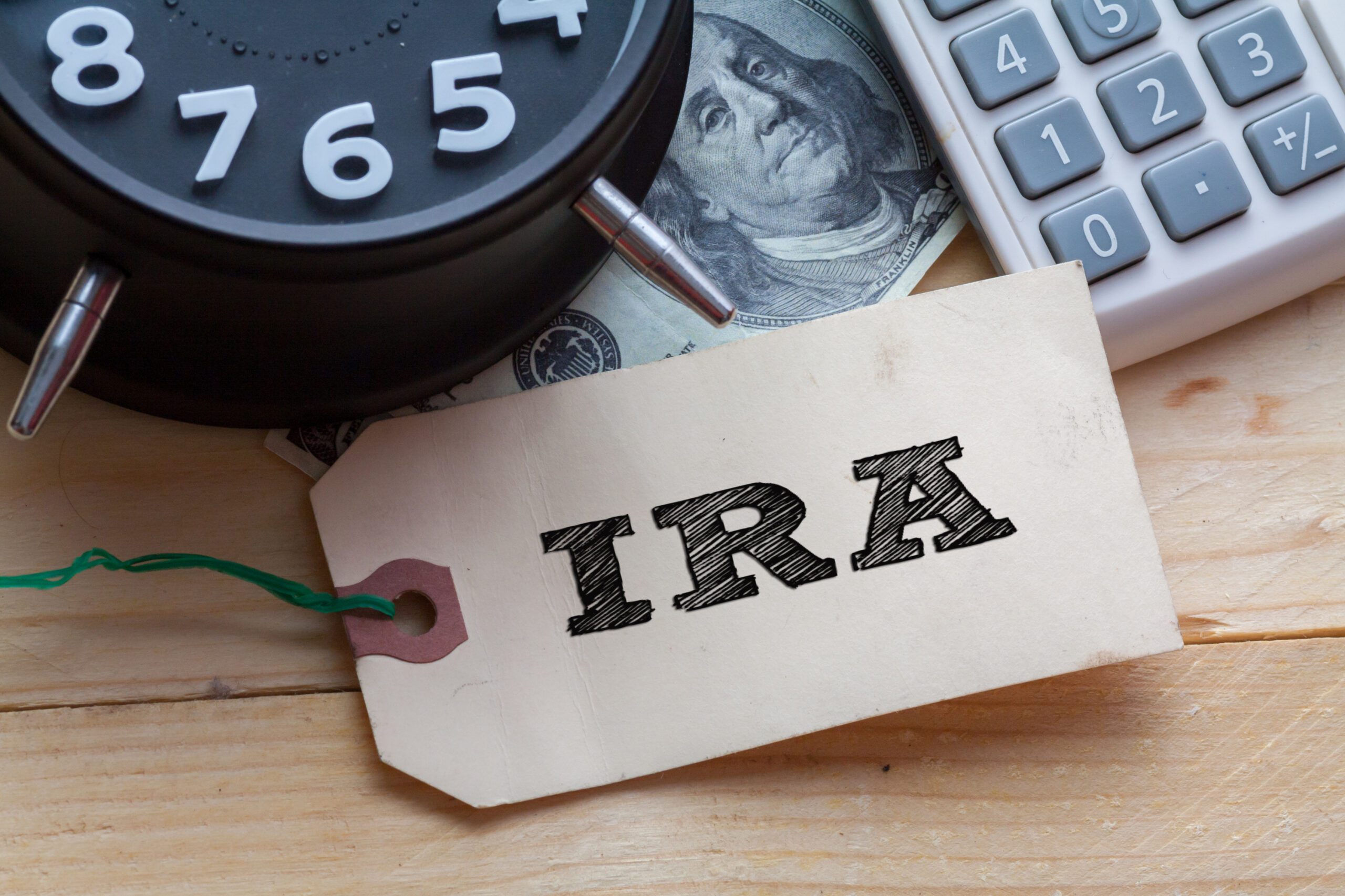How to Start Investing Before Retirement
As many adults ponder their eventual retirement, they often start investing as a way to create a more financially secure future. Some individuals grasp the concept of investing quickly while others are looking for an entry point.
Today, we are going to explore some possible entry points for those who want to start investing but do not know where to begin. We hope that, after reading this, you will have more clarity, confidence, and insight into starting and growing your portfolio.
Step 1: Determine Your Investing Budget
While you are preparing for retirement, you still have to feed yourself today. Take an inventory of your current monthly expenses, debt payments, and consider how much money you want to keep for leisure.
With the remaining income, determine how much you want to invest. Generally, most individuals who want to save for retirement will invest about 10-15% of their annual income.
That sounds like a significant sum. However, depending on your employment situation, you may have some help. If you work somewhere that offers a 401(k) with an employer match, that employer match counts towards that total percentage.
For example, if they offer a 6% 401(k) match, then you should invest between 6-9% out of pocket. This opens up more cash for you to invest with.
Step 2: If You Don’t Have a Retirement Account, Open One
If you do not receive a 401(k) from your employer, you can open a traditional or Roth individual retirement account (IRA). These allow you to save for retirement and start investing while accruing a lucrative amount of interest.
Before you explore your options for IRAs, keep this in mind. Most retirement accounts will penalize you for withdrawing if done before your retirement age. Money invested into an IRA should remain untouched until you are ready to start taking withdrawals in your post-career phase of life.
Here’s a quick breakdown of the differences between these two types of accounts:
Roth IRA
Roth IRA accounts permit after-tax contributions. Interest accrues tax-free but your contributions are also not tax-deductible.
Traditional IRA
Traditional IRAs can provide tax benefits and accrue interest with taxes deferred. Contributions can come from pre or post-tax income.
Which IRA Should You Go With?
Your current tax bracket should help you decide which type of IRA is best for you. Traditional IRAs provide additional tax benefits, whereas a Roth does not. In most cases, individuals who intend to reach higher tax brackets before retirement should opt for a Roth.
Step 3: Determine How You Want to Start Investing
Stocks
Investing in stocks is buying shares of ownership in a company. These can range from cents on the dollar to thousands of dollars. A company like Tesla, Apple, or Amazon, for example, will have higher-valued stocks than an obscure tech startup that just went public. The best way to make money on the stock market is to buy stocks at low prices and sell them when they become more valuable than what you paid.
Bonds
Whereas stocks involve purchasing a piece of a company, a bond functions like a loan to the company you are investing in. The company you buy a bond from pays you back for your investment over a period of time. Along with this repayment comes interest, so more money comes back to you versus
Mutual Funds
You can also purchase mutual funds, which are a package of multiple types of investments in one. This allows you to establish a diverse investment portfolio quickly. Some are managed by financial services providers and others are pegged to stock market indexes and can be purchased independently.
ETFs
ETFs, short for exchange-traded funds, function similarly to mutual funds. You purchase a collection of multiple investments at once. Like stocks, however, they are purchased at the same price as a share of a company.
Step 4: Develop Your Strategy
Do you want to invest for long-term goals like retirement or short-term? This can help determine which types of investments you will purchase.
For example, if you are a young adult under 40, you should consider a long-term investment strategy. This would involve more high-risk investments like stocks. If you are over 40, you may want to still invest long-term, but also diversify with safer options like bonds.
A financial advisor can also help you decide the best investment strategy for your budget and investing goals. They will examine your total financial picture and help you develop a strategy that you can easily follow.
Looking to Start Investing Before Retirement? Let’s Talk.
At Journey, we spend countless hours advising our clients on the best investment strategies for their specific financial situations. Whether you are a current retiree, middle-aged adult, or recent college graduate, we want to help you build a more secure financial future for yourself.
If you are interested in preparing for retirement and live in the Treasure Valley, Idaho area, we’d love to speak with you about how we can help. To learn more about how we can help you start investing, take our free financial audit or contact us anytime.








